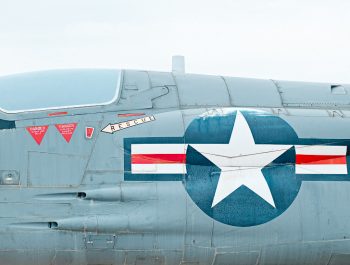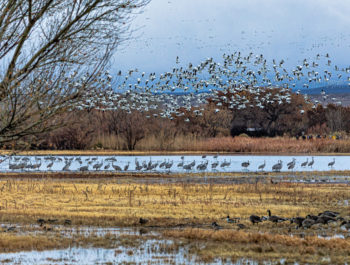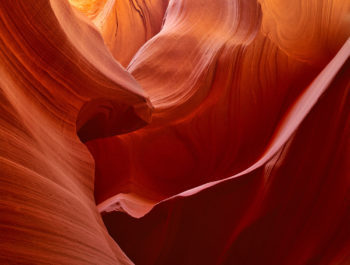Creating Artistic Photographs Part 4: Cameras
On a recent workshop, I observed one of my students operate his Cambo technical camera equipped with a Phase One IQ4 digital back (the name makes me dizzy). A surgeon by profession he looked like he was in the operating room, operating the complex machine with the precision required for a difficult surgery. The magnifying loupe used to check the focus on the digital back reminiscent of the magnifying gear used in operating rooms. Not that I am familiar with it, having no experience in surgical procedure and no knowledge of the gear used during such interventions besides what I have seen on TV or in movies, which is most likely quite different from reality. However the precision of the movements he made, the care with which he attached the digital back to the camera, the specific adjustments required to fit the lens to the mounting board and the specific steps required to calculate the focusing distance were all more in tune with a surgical environment than with an artist’s creative process.
This is not to say that such equipment cannot be used to create art or that I am averse to high-quality gear. I was using a Phase One digital back myself that morning but mounted on Hasselblad V, a reflex camera more forgiving in terms of setup requirements. We were photographing Mono Lake on a windy day that morning and the wind was blowing sand and dry salt, a combination likely to wring havoc on precise machinery. Using the Hasselblad minimized damage to my equipment because lens changes are as easy as on a DSLR, the only difference being the size of the lens, and focus is quick, a simple matter of turning the focusing ring on the lens. No bellows, no need to do a white balance capture to correct for color cast on the image borders, and no need for focus check on the back itself.
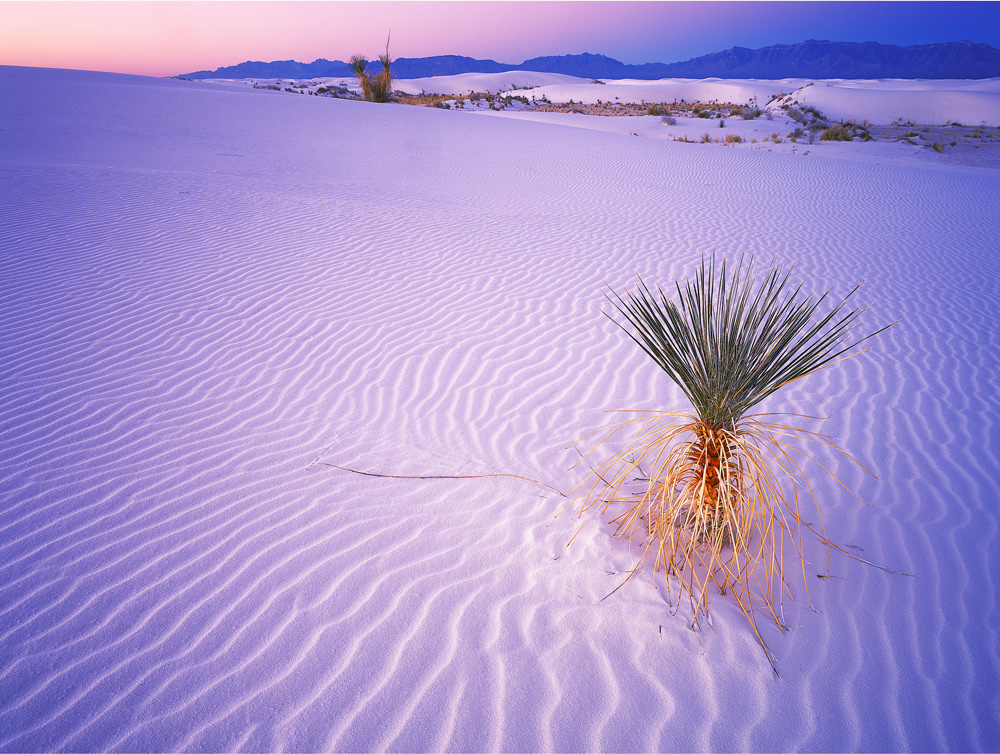
Linhoff 4×5 film photograph
The process I witnessed reminded me of using a 4×5 view camera in the days of film. I loved 4×5 because moving up to large format resulted in a giant step forward in the quality of my work. It also slowed me down because it forced me to adopt an immersive process, the camera dictating the speed of my work. Slowing down worked for me. It forced me to adopt a slow and methodological approach resulting in fewer but better photographs. The 4×5 was everything I wanted. I had to wait for years until I was able to afford one, but when I did it was a dream come true. I owned a professional camera, the same as the one used by some of my idols, and everything about it delighted me. The way it worked, the way it made me feel, the idea that I owned a world-class instrument and the artistic opportunities it brought to my work. It was complicated and time-consuming to use, a photograph taking on average 30 minutes to create, but it was time I did not mind spending because I knew that the results would be superb.
4×5 was the ultimate tool. I worked my way to it, both financially, technically and artistically, and I stopped there. I considered going up to 8×10 but I did not. JR Lancaster, a friend of mine, was selling his 8×10 and I considered buying it but JR, in an act of total unselfishness, convinced me not to buy it. ‘It’s a photographer’s thing’ he said. ‘Everything is harder than 4×5. The wind will be your enemy and each photograph will cost 4 times more between film and processing.’ So I decided against it, preferring to get a second 4×5, a Linhoff Technikardan to complement the Linhoff Master Technika I already had, so that I could set up two 4×5’s ahead of time at sunset and sunrise.
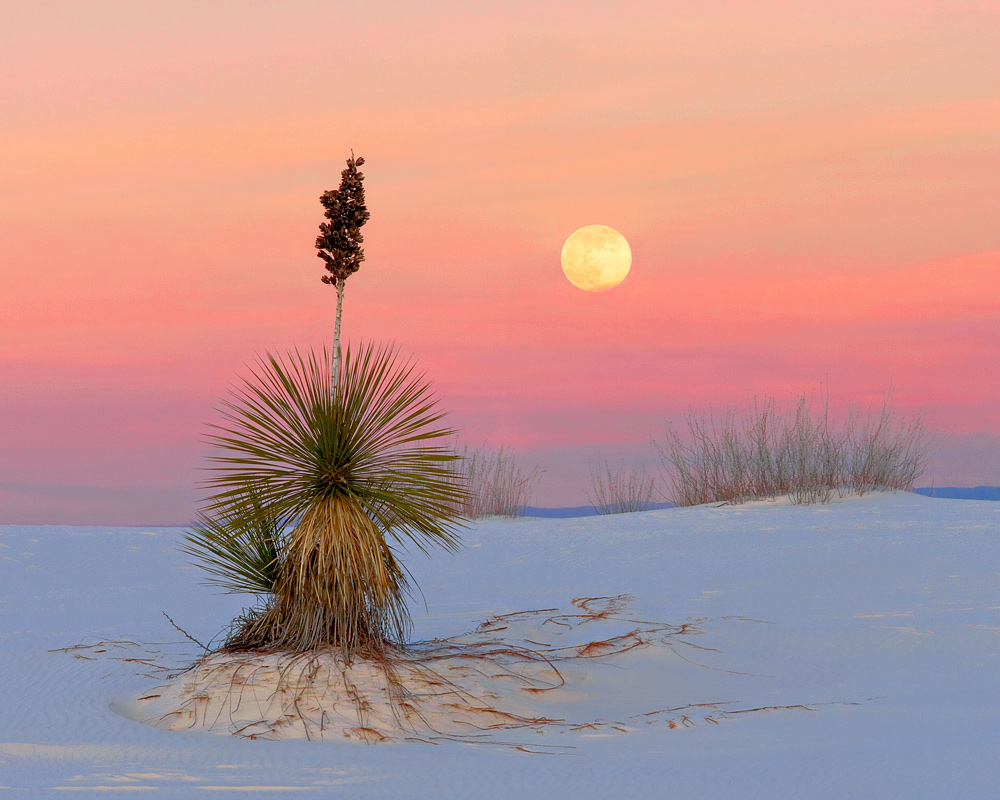
Canon 35mm digital capture
Setup was so complex that moving the camera from one shot to another took too long. By the time everything was set up for the second shot the light was gone. Either it was dark or there was too much light already, the horizontal beams of sunset and sunrise now either gone or too vertical. This approach wasn’t without challenges. I once set up a sunrise shot in the evening, after shooting sunset, and then left the camera on-site while I camped nearby. At dawn, in semi-darkness, I started to make exposures only to find out when I checked the ground glass after the light was gone that the camera had moved during the night and that all my photographs were missing the sky and showing the tripod legs. Lesson learned, one of many: check composition before exposing if you left the camera set up all night, or whenever you step away from it for that matter. 4×5 had a way of tripping me up, what with the complexity of the setup and all the knobs and controls I had to secure, an endless series of tasks that had to be memorized until they became second nature, almost automatic, in order to make room for creativity. Until I was able to operate the camera without thinking about it the technical aspects dominated my thoughts, leaving no room for creativity.
When digital capture came of age I moved on from 4×5, using a digital DSLR along with the Linhoff for a while, a sort of hybrid time in retrospect, then adding a digital back to my photographic arsenal and abandoning my Linhofs, relegating them to a closet where they still are, waiting to be used again, something I consider doing every so often until the reminiscence of the process, the need to have film developed and scanned and the limitations of film capture come back to me and make me decide against it once again. I still have film for them although it is no longer kept in the refrigerator and so most likely useless, but I keep it like I keep the cameras, unable to sell or dispose of them.
I moved on in part because there are no 4×5 digital backs and because a lot of what could be done with 4×5 can now be done with digital captures processed with Lightroom and Photoshop. Resolution is comparable and tilt and shift camera movements, once possible only with a 4×5 camera, have now been replaced by warping and other transform functions in Photoshop.
I also found that for moderate size images medium format and 35mm digital produce equivalent quality. This remark extends to smaller formats and includes cell phone images. The image quality of the various cameras on the market is becoming closer and closer, the differentiating factor being the maximum print size that can be created, although this is also fading away because cameras are equipped with ever-higher resolution sensors.
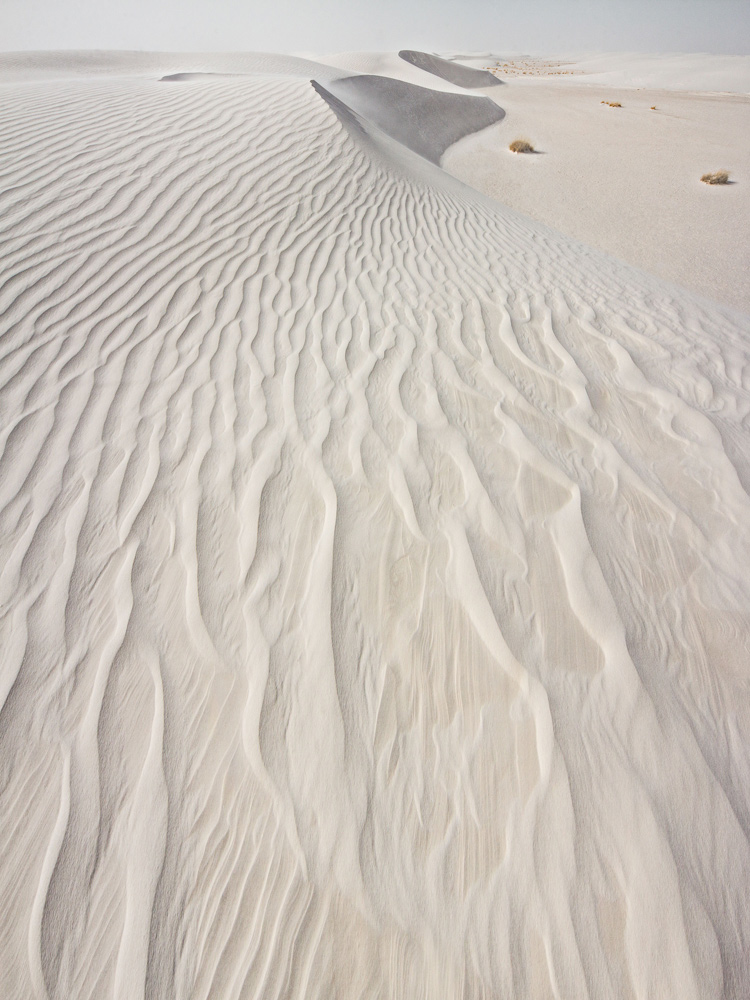
Canon 35mm digital capture reformatted from horizontal to vertical
Today the formal quality of 4×5 is carried over to digital back technical cameras. It makes sense. Both require a precise, deliberate and thought-out approach. One has to work slowly, methodologically and this carries over to the work, to the appearance of the images and to their presence. Eventually, it carries over to the artist’s vision which becomes more formal, more structured, more classical, more confirming to the accepted norms of aesthetic beauty. Such cameras are not used to ‘break the mold’ so to speak, or to create new genres. They are meant to continue a tradition, to explore the status quo, to expand vision in non-revolutionary ways.
Some stay there, mired in the formality of a demanding medium. Others make introspection and deliberateness, the two main characteristics of 4×5 and technical cameras, an advantage. It works for them, slowing them down and enabling the creation of work that eluded them with smaller formats. Others, such as myself, move to other formats, finding medium format the in-between solution, not too much but not too little either, just the right size. After all medium format has not been called ‘the ideal format’ for nothing.
Such a move is not surprising. 4×5 was extreme and its current iteration, technical cameras equipped with digital backs, is just as extreme. They are impressive machines and the dedication of their practitioners is just as impressive. What is most surprising is the ability of some practitioners to use these unforgiving cameras creatively, to make such a rigid tool sing, to turn it into a muse. Artist photographers such as David Muench, Elliott Porter, Philip Hyde, and others have succeeded in doing so, creating images that are formal yet lively, alive in their technical perfection, demonstrating imagination and the ability to capture transient moments successfully.
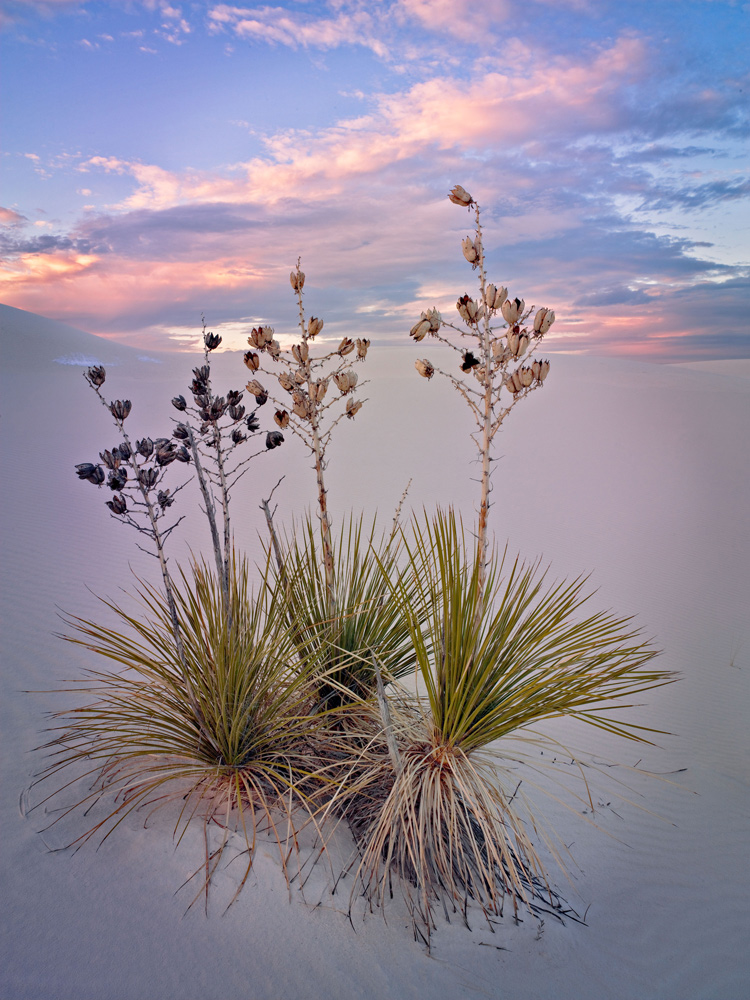
Phase One digital back on Hasselblad V capture
What amazes people is the ability to capture elusive moments with a tool known for its slowness of setup, a tool that at first glance would be the last one chosen to work fast, to capture moments between storms when the light changes so quickly it requires a near-instantaneous response. When such a feat is accomplished it stuns viewers and makes people believe doing this is easy or even fun.
It is not. Using a large-format camera, be it film or digital requires mastery acquired after years of practice. Above all, it calls for dedication. All the traits of a master. No wonder that one of the best-known 4×5’s is called the Master Technika. It is only fair to acknowledge who it is intended for.
The examples in this essay were all created at the same location: White Sands National Monument in New Mexico. These images span many years, from 2003 to today. I chose examples from the same location to make a single point: that the quality of an image is more a function of personal skills than of the camera used. In other words, the human factor is more important than the camera factor. I used four different cameras and a variety of processes to create these images. Yet all are equally interesting and have comparable quality. There is homogeneity in image quality, style and colors. None of those are due to the camera because each produced a different format, contrast level, and color balance. This homogeneity comes from how these images were processed, from my desire to make them be about color, form and other artistic aspects than about what camera captured.
So why get a technical camera today? I could only find one answer: because that is the camera this student wanted to have. For how long will he use it? Hard to say. Maybe a year, maybe less, maybe longer. What is important is that he takes control of the camera rather than let the camera control him. The potential for creating art is there, whether one uses a technical camera, a 4×5, a 35mm or another format, film or digital. However, this potential is not something imbued in the camera. It comes from the practitioner, the user, and the artist.
About Alain Briot
You can find more information about our workshops, photographs, writings and tutorials as well as subscribe to our Free Monthly Newsletter on our website at http://www.beautiful-landscape.com. You will receive 40 free eBooks when you subscribe to my newsletter.

I create fine art photographs, teach workshops with Natalie and offer Mastery Tutorials on composition, image conversion, optimization, printing, business and marketing. I am the author of Mastering Landscape Photography, Mastering Photographic Composition, Creativity and Personal Style, Marketing Fine Art Photography and How Photographs are Sold. All 4 books are available in eBook format on our website at this link: http://beautiful-landscape.com/Ebooks-Books-1-2-3.html. Free samples are available so you can see the quality of these books for yourself.
Workshops with Alain and Natalie Briot
If you enjoyed this essay you will enjoy attending a workshop with us. I lead workshops with my wife Natalie to the most photogenic locations in the US Southwest. Our workshops focus on the artistic aspects of photography. While we do teach technique, we do so for the purpose of creating artistic photographs. Our goal is to help you create photographs that you will be proud of and that will be unique to you. The locations we photograph include Navajoland, Antelope Canyon, Monument Valley, Zion, the Grand Canyon, and many others.
Alain Briot
December 2019
Glendale, Arizona
Author of Mastering Landscape Photography,Mastering Composition, Creativity and Personal Style, Marketing Fine Art Photography, and How Photographs are Sold. http://www.beautiful-landscape.com [email protected]






